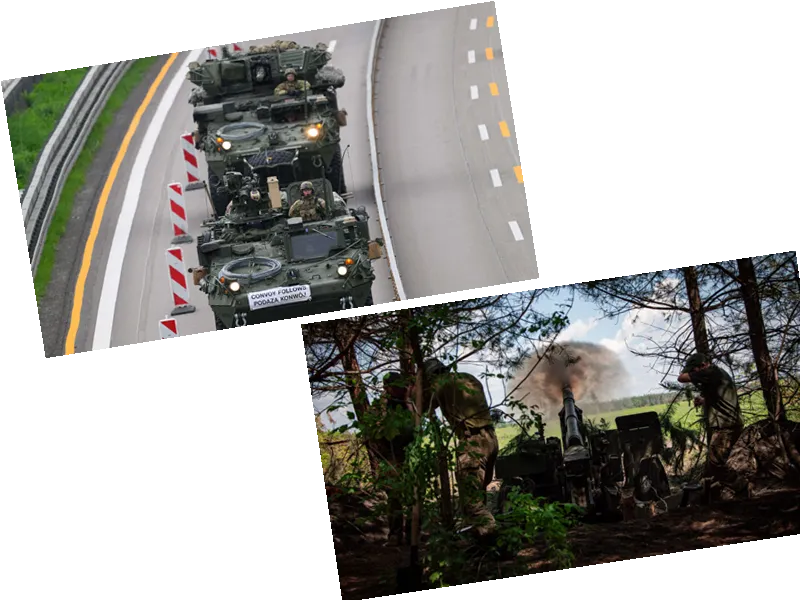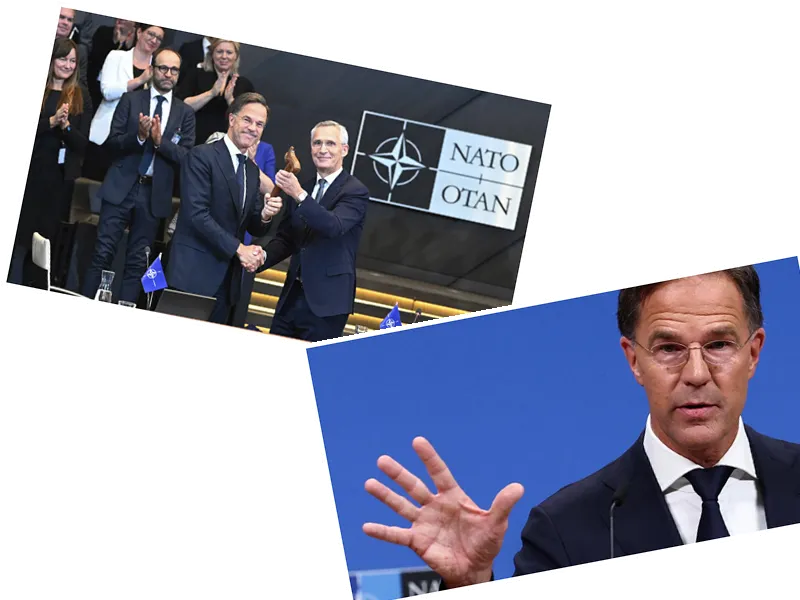NATO Plans for US Troops to Land in Europe Amid Rising Tensions
The latest NATO strategy includes plans for US troops to land in Rotterdam if the alliance becomes involved in a conflict. This decision follows the culmination of the largest NATO exercise in decades, 'Steadfast Defender,' which ended in May. The exercise saw the participation of over 90,000 soldiers, 50 warships, 1,100 combat vehicles, and more than 80 aircraft. The scenario practiced was a Russian attack on allied territory, triggering a collective defense under Article 5 of the NATO Treaty.
Further plans were revealed by the British Telegraph, indicating coordinated troop relocations from the USA to Europe in the event of a war. Lieutenant General Alexander Sollfrank emphasized the necessity for resilience, robustness, and redundancy in these plans. Ports in Northern Europe, including the Netherlands, Germany, and the Baltic states, are considered vulnerable targets for a Russian attack. Hence, alternative strategies include shifting US troops to ports in Italy, Greece, or Turkey if northern ports are compromised.
Tactical Adjustments for Modern Battlefields
Sollfrank pointed out that massive logistic bases, as seen in Afghanistan and Iraq, would not withstand early conflict strikes, as evident from Russia's strategy in Ukraine. Instead, more flexible, smaller, and dispersed logistics are deemed essential. He also stressed the perpetual shortage of adequate air defense, reinforcing the military principle that attempting to be strong everywhere results in being strong nowhere.
Continued Conflict in Ukraine's Kharkiv Region
Meanwhile, the conflict in Ukraine continues with heavy fighting around Vovchansk in the Kharkiv region. Ukrainian forces, notably the 57th Motorized Brigade, are engaged in counterattacks against Russian units. Despite being under pressure, Ukrainian squadron commander Stanislav Buniatov reported that their positions remain controlled and that successful assaults have been carried out to reclaim positions from Russian forces.
The Kremlin’s assault aimed to create a buffer zone to protect Russian cities like Belgorod from Ukrainian attacks. Although Russian forces initially advanced and took several border villages, they have been repelled from the northern edge of Vovchansk. Ukrainian groups, like DeepState, suggest that resupply difficulties are affecting the Russian troops, necessitating the use of drones for delivering essentials.
- The NATO Response Force (NRF), with around 40,000 soldiers, remains on high alert from Estonia to Romania. This deployment follows Russia's annexation of Crimea and the ongoing war in Ukraine.
- Sollfrank's observations from the conflict in Ukraine underscore the need for NATO to adapt to modern warfare, which includes dispersed logistics and the avoidance of large, vulnerable bases.
- The fierce battle in Vovchansk includes the use of drones for both attacks and supply missions, highlighting the evolving nature of warfare technology.






